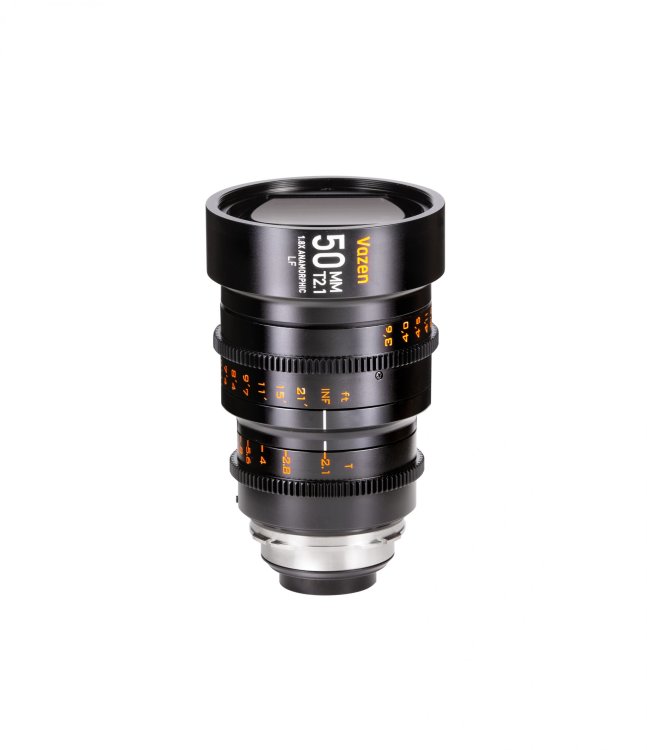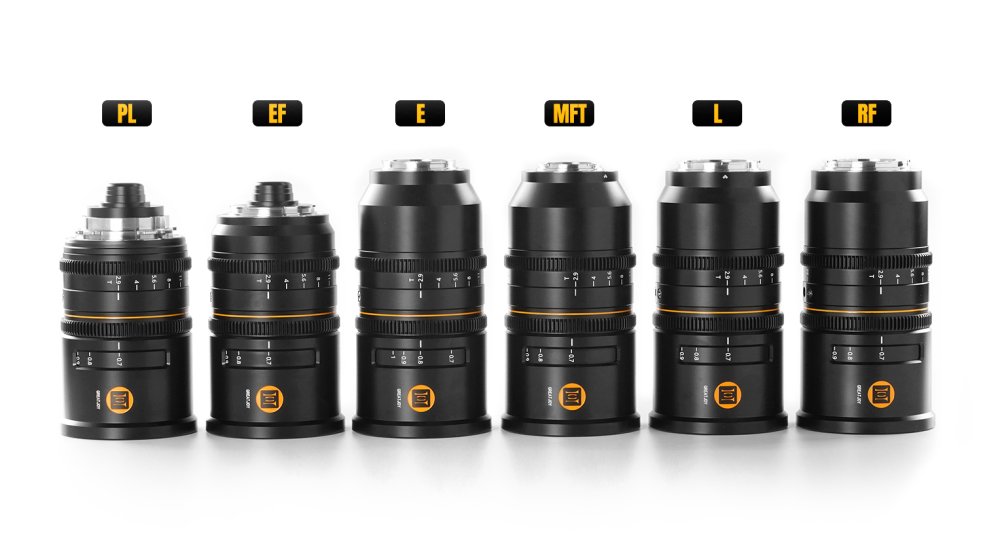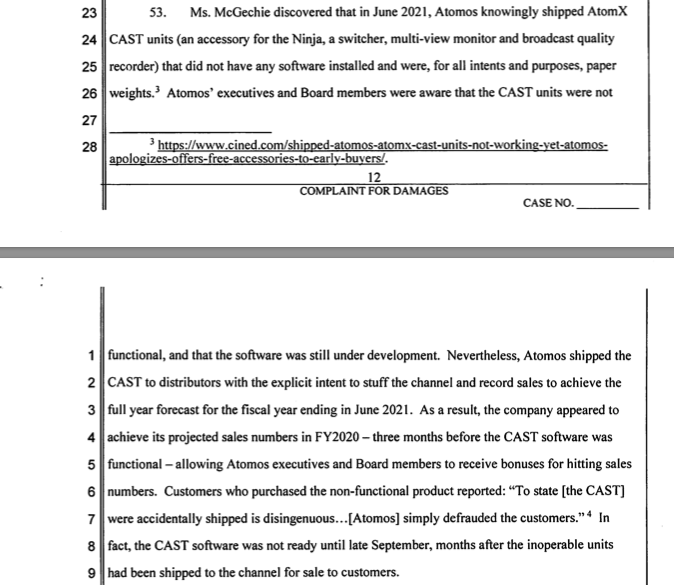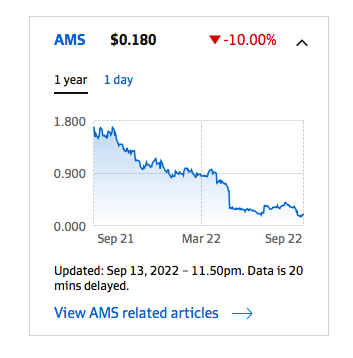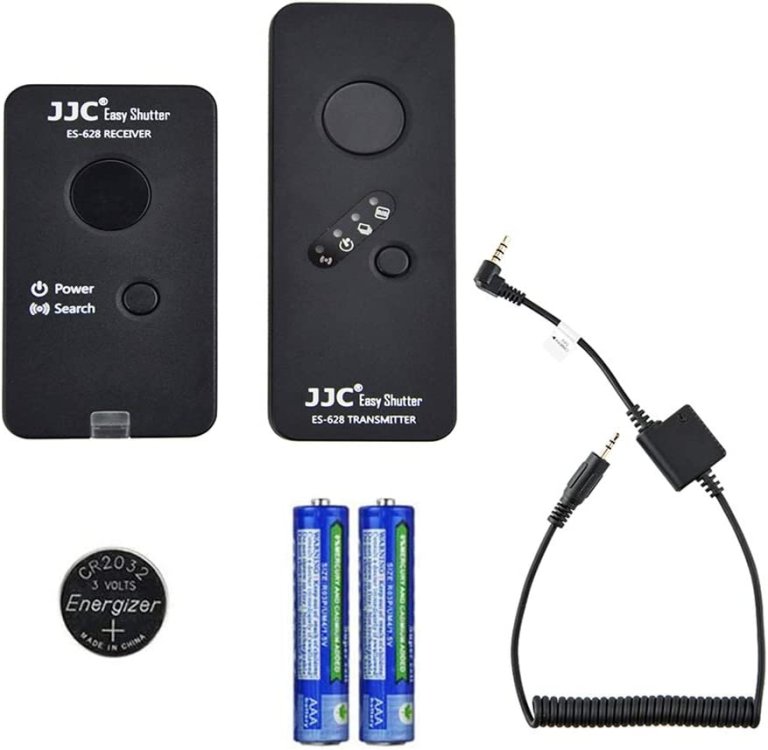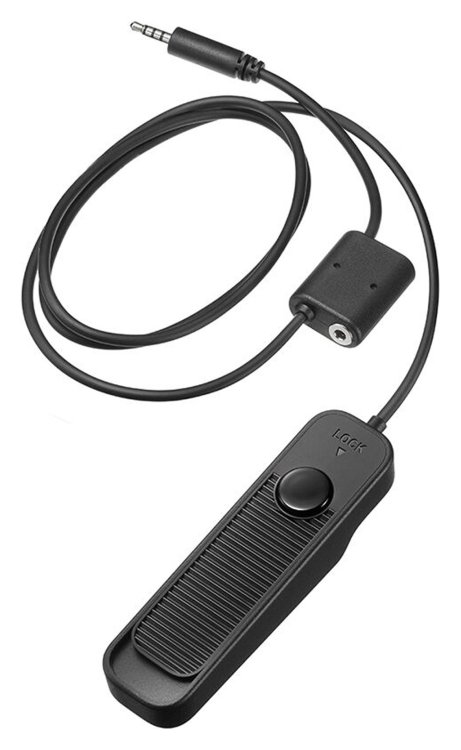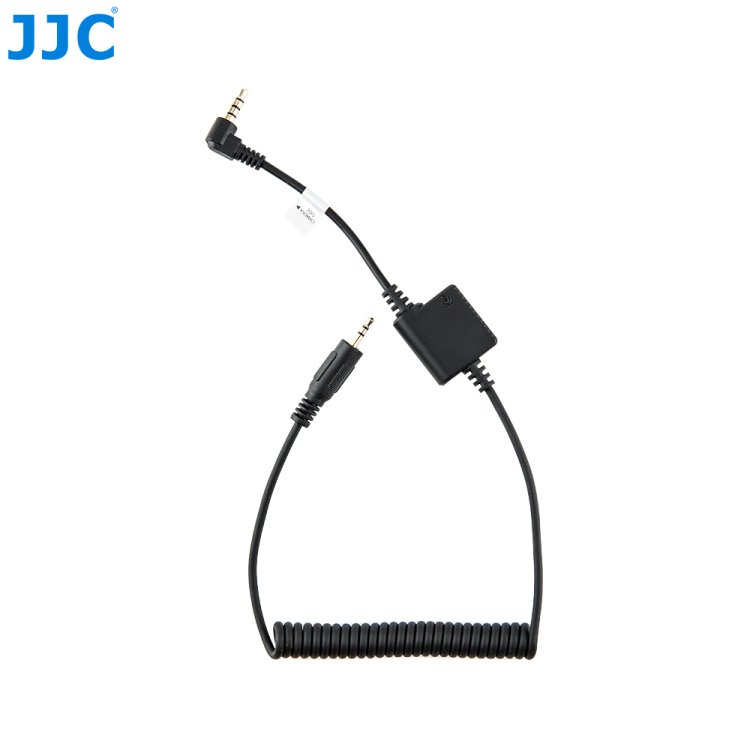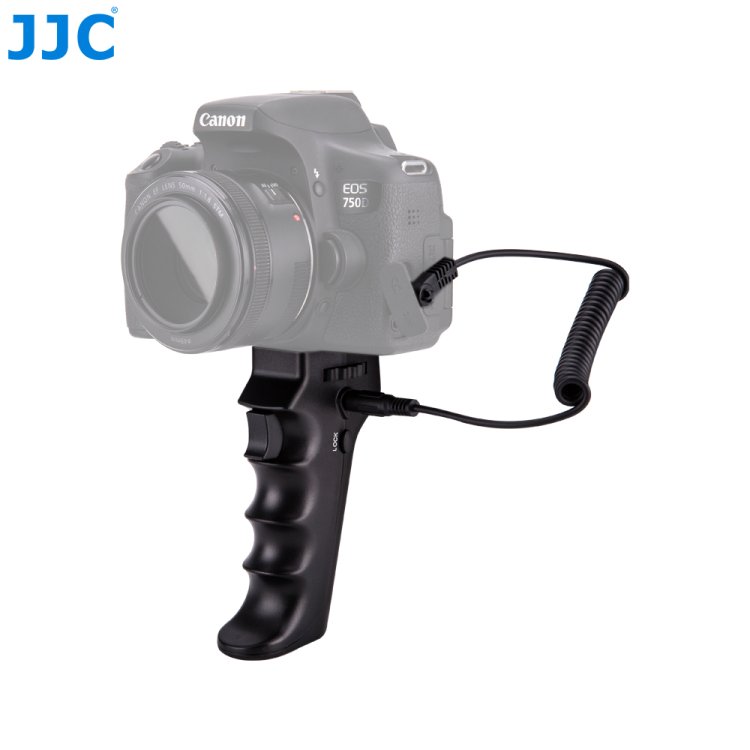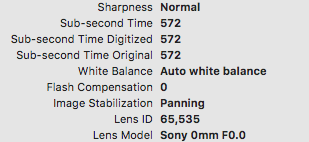-
Posts
6,076 -
Joined
-
Last visited
Content Type
Profiles
Forums
Articles
Everything posted by BTM_Pix
-
The internal foreground layers are only stills so it can't be done directly on the unit itself for motion. Also, unfortunately, the Mini does not have the Holdout Matte function so even a static version is not possible with that one which is a great pity but I get why the cheap one can't have all the bells and whistles. That doesn't mean to say that Unreal can't be used in combination with some automation to do that where you would then just use the Ultimatte as a very good keyer to put in front of it. Again, multiple cameras would then also be possible with a little bit of automated integration with a switcher.
-
I'm not sure I follow. The public reason given by Atomos for firing here was that she wouldn't relocate to Australia but this is obviously something that she is contesting. Do you think the public reason given was the whole story and sole reason ?
-
You would have to check the extent to which the rear element protrudes on the lens that you are going to use to ensure that it doesn't hit the lens element of the speed booster. If you look at this Vazen 50mm for example, it has quite a large protrusion and Vazen state on their website that it will not work with all native EF mount cameras due to this - which will likely obviously make it a no go for putting it on a speed booster as well. You can see the comparison here of the protrusions for different mounts of the GreatJoy anamorphics and, whilst they don't make the same statement about native EF cameras they do state that it won't work with speed boosters. Its a conundrum because the EF version is the best option to buy this lens in because it can be adapted to all the other mounts so it immunises you against changing camera body types (or makes it more versatile if you have a few different types anyway) but it will only work on either a full frame cameras or with a dumb adapter on an APS-C camera if you don't mind not being able to reduce the FOV. Buying full frame versions will cover you if you do move to a full frame system but if you have no intention of doing so then I'd look at APS-C versions.
-
The Ultimatte 12 HD Mini in particular is very interesting. As they all include frame stores so they can be used 'in line' as it were with a camera, then with the 12 HD Mini being €500, it brings the cost of a four camera fixed virtual set system down to well under €3000 depending on what ATEM you get to switch them with. OK, it won't be an all singing all dancing system with tracked movements as the background will be pre-rendered and static, but for a lot of applications that will be perfectly acceptable. Incredible value for money.
-
Yeah, I agree, tech company ships product that doesn't quite work yet isn't anything new. The hair raising one was the Neon, though, claiming that it supported Dolby Vision (which it didn't) and they didn't have clearance to use Dolby Vision trademark. Its the latter that would have caused the bigger issue as it left them wide open to a lawsuit from Dolby, who are a company that do enjoy a lawsuit. I'm tempted to say he sailed off into the sunset but, of course, with his track record of providing false information to maritime authorities, it would be difficult to know where he was going 😉 https://www.news.com.au/world/coronavirus/australia/millionaire-fined-after-allegedly-fleeing-covidravaged-nsw-on-superyacht/news-story/6adc305d55df77209dd07bc72a4df4ff
-
In May 2022, just over six months after her appointment as CEO, Estelle McGechie was fired from Atomos due to her being unwilling to re-locate to Australia. At the time, it seemed a bit odd because you would have thought that her appointment to that senior role would have been contingent on her re-location from the get go. According to a suit that she has now filed in the US, she claims that there was more to it than her relocation. A lot more. In addition to her claims about gender discrimination and a toxic corporate culture at Atomos, there are also allegations that there was 'rampant illegality' at the company with regards to shipping out 'dud' products to fraudulently inflate sales figures to meet projected targets. One example product mentioned in her filing is the CAST switcher add on for the Ninja V range which was shipped without any functioning firmware. The other product mentioned is the Neon grading monitor which shipped with know deficiencies that rendered it outside of the capabilities detailed in its marketing literature and packaging. The CAST product interests me because I've been surprised that for something that is such an appealing product (turns your Ninja V into an ATEM) there has been very little buzz about it since it was launched and comparatively few reviews on YouTube and certainly none from the past few month. Possibly now not as surprising as I'd originally felt. The share price of Atomos in the past twelve months certainly wouldn't have been bringing a nice warm glow to investors anyway, but this latest news has knocked it further. Needless to say, Atomos have refuted all of Estelle McGechie's allegations so it will be interesting to see how this pans out. Full story here : https://www.afr.com/rear-window/ex-ceo-alleges-rampant-illegality-at-ellerston-regal-backed-atomos-20220831-p5be2q
-
Well it looks like Nikon are up for a fight over this. https://www.slashcam.de/news/single/Interne-RAW-Aufnahme--Nikon-haelt-RED-Patente-fuer-u-17452.html "Nikon disputes the validity of the RED patents, arguing that they were applied for too late at the time and should therefore not have been granted. Nikon points out that RED already offered a camera for pre-order at NAB 2006, in which the relevant codec technology was integrated, but it took more than a year before a patent application was filed. The patent, which was only registered after the fixed one-year period had expired, was wrongly granted from Nikon's point of view, since the patent office had no information that the technology had already been implemented and offered for advance sale" Seems they are going down the route of "the only thing we've violated in the Z9 is a patent that should never have been granted in the first place". Not to mention, of course, the defence of "how can we be violating a patent when we can't get our arse in gear sufficiently to actually deliver the fucking camera anyway". At this rate, RED could probably sue them for infringing their patent on painfully delayed availability of cameras after launch. Although, as I've said before, I do wonder whether the lawsuit and the tight availability are actually linked.
-
There was a previous request for it on here and a download link was posted in the thread. The link works but the file has been deleted. However, the user that posted the link is still active on the forum so perhaps give them a shout to see if they still have it.
-
The first comment underneath the first video is by Simeon Pilgrim from nikonhacker.com who asks some pertinent (and unanswered) questions about how this is done. If you follow the trail back to nickonhacker.com you would imagine that, despite there not being a huge amount of activity on there in recent times, that something as significant as this would be generating a huge amount of discussion amongst the Nikon hacking community during the past two years since the video was published. But there really isn't. Which is pretty unusual really. However, in the description for the first video, it states that : "From our study, it can be done by yourself , as long as you have the right password file installed in XQD card" Now the upgrade process for ProResRAW on the Z6/Z7 was purely software, evidenced by certain Nikon service centres doing a sub one hour while you wait service to activate it if you took it there personally. Going back to nickonhacker.com, the very last post in the Z6/Z7 thread is this one : This tallies with the description of the video that said "as long as you have the right password file installed in XQD card" It is this key that will have been generated at the service centre and it will be based on the serial number of the camera so is unique and not transferrable to another camera. And it is worth noting that the title of the video is "DIY enable RAW...." rather than "DIY add RAW". So, based on all of this, what you are seeing in those videos is a camera that already has the license having the functionality disabled and then re-enabled through PTP. In that sense, the "DIY enable RAW...." title is technically correct if obviously a little misleading. What would be needed to make this work from scratch is the way to generate the "HDMIRAW.KEY" file which, after a two year gap, either doesn't look like its been achieved or, if it has, then it is happening in private with someone potentially profiting from it.
-
Incidentally, JJC also do a bundle kit with the same cable to provide a wireless solution for the FP for about €34 so it might be worth paying the extra €16 to get that facility as well.
-
Sigma's official trigger input cable is called the CR-41 and connects to the mic port with a split input to still allow to connect a mic. Its about €50 and could be used by grafting it onto a pistol grip. However, JJC do a compatible version that comes out to a cable rather than a switch and its about €18. JJC also do a pistol grip for around €22 that you can then plug that cable into to complete the process. The good thing about the pistol grip is that you can then use other compatible cables for different cameras so it isn't tied to just one brand.
-
Sony added S-Cinetone to the A7sIII in the v2 firmware update.
-
Atomos released new firmware late last year for the Ninja V+ to enable this now with the FS5,FS7 and FS700 when you add the AtomX SDI module.
-
This is the same way to get the Sigma MC21 to "work" on Leica by taping over the pins (for similar reasons in terms of blocking by the camera) but it becomes a dumb adapter with no control of AF, Aperture and IS. So, yes, you could do that with the Meike/Viltrox/Kolari etc but lose all of that stuff in the process which may or may not be an issue depending on what you are mounting on it (just using EF as an intermediate mount etc for older manual lenses) or only use manual focus anyway. But the best way I can see to have your cake and eat it in terms of keeping all of that, insuring yourself against future firmware blocking and not having the dramatic colour casts at greater intensities is as @ntblowz does it by using the official adapter but swapping out the NDs for the Breakthrough versions. More expensive in the short term but not as costly as having an adapter that all of a sudden is rendered useless.
-
Yes, great point, that combination definitely looks like the best and safest way ahead.
-
No, both the Kolari and Meike adapters also provide electronic control for AF etc. A simple handshake ID check between camera and adapter/lens will be able to tell the camera the identity of what it is connected to it and compare that with an approved list at which point the camera can then adopt a policy of "if you're not on the list, you're not coming in" and prevent any operation until you remove it. Of course, it is not currently active in any of the firmware as people are able to happily use these products but its obviously only an update away should Canon choose to do it. On the basis that the Canon version does not fare very well at all on every comparative review I've seen then these 3rd party products must be damaging not only sales but reputation too. The colour shift and IR pollution performance of the Canon version in this review being an example.
-
It could be because Viltrox are the only one that have acquiesced and gone public about it or that they were first on the list and the others will follow. If it is aimed solely at Viltrox then it could be that Canon consider that actual wrongdoing has happened in terms of the acquisition of the protocol and/or lens design. Its a tough call because on the one hand the temptation to buy them before they disappear (BH already show the Viltrox as discontinued) but on the other hand they might well be rendered useless by a future firmware update. I suppose it comes down to whether you have a Canon camera with a settled/finished firmware version so you don't have to upgrade to a future firmware that potentially could contain a countermeasure.
-
Project Greenlight might fit the bill. I've only watched the first season as I'm not sure if the other seasons aired in the UK. https://en.wikipedia.org/wiki/Project_Greenlight To be honest, I'm not sure the first one did either and I may have watched it via a "non-traditional" method 🙂 Its based on a competition element but once that is out of the way after the opening episode or two and they've picked the winning script it then follows the whole process through to the film being released.
-
The regular Metabones version is actually 20% cheaper than the Canon one. https://www.bhphotovideo.com/c/compare/Metabones_T_Speed_Booster_Ultra_0.71x_Adapter_for_Canon_Full-Frame_EF-Mount_Lens_to_Canon_RF-Mount_Camera_vs_Canon_Mount_Adapter_EF-EOS_R_0.71x/BHitems/1526307-REG_1595393-REG The Cine version with the locking mount is $20 cheaper than the regular Canon one too and Canon has no comparable version. On that basis, if I was in the market for an EF>RF converter, then I think Metabones has them beat on price for both (significantly so on the regular one) and beat on a significant feature on the Cine version, which would make them a threat to Canon's sales of their own adapters? If anything, the near decade long history of the Metabones Speedboosters would also take away any issues of "brand respectability" versus Viltrox so would make them even more of a threat in my view. On the product page, Metabones state "Disclaimer: we are NOT licensed, approved or endorsed by Canon." so we can rule out that being a difference too. Its almost like Canon have granted an exclusive license to use RF products to a company with a very long track record of litigious actions isn't it ? So perhaps Metabones are going to be treated the same but they just haven't opened the letter from Canon yet 🙂
-
It will be interesting to see if this also applies to the Viltrox speed boosters and if so will Canon go after Metabones with the same vigour. It could well be that the contention here from Canon is more related to alleged theft/cloning by Viltrox than it is about reverse engineering.
-
The German magazine Photografix has had a statement from Canon Germany to confirm that they have requested Viltrox to cease and desist. Full article here https://www.photografix-magazin.de/canon-statement-rf-objektive-dritthersteller/ The translated statement is —————- SHENZHEN JUEYING TECHNOLOGY CO.LTD, manufactures autofocus lenses for Canon's RF mount under the brand name "Viltrox". Canon believes that these products infringe its patent and design rights and has therefore requested the company to cease all acts that infringe Canon's intellectual property rights." Canon Germany ————————-
-
You could argue that you are better off with EF lenses for all mirrorless bodies too. Canon RF and M,Fuji-X and G, Sony-E, L, MFT, Nikon Z and even Hasselblad-X mount all have credible electronic adapters for EF so if you use mixed bodies or even just to soften the blow if you do a wholesale change from one brand to another then having lenses with such universal compatibility is a real boon. Not to mention the massive choice of 1st and 3rd party options as well as the cost benefits of the 2nd hand market. In the case of Canon, it also immunises you from potential shithouse behaviour of firmware blocking of other adapters because, of course, they make their own EF-RF adapter so they can't block that. For similar reasons, I would recommend anyone looking at getting the new wave of full frame cine primes and anamorphics in EF mount where possible as it gives the same option of mounting on all the above mount cameras but, crucially, the adapters will purely be physical with no electronics (you don't need that anyway as they are all manual) so can't be shut out by firmware. The broader perspective here is if you picked up something like the 24-105mm f4 L with the 5D MarkII at the start of the "revolution" almost a decade and a half ago, then that lens will have followed you on whatever journey you've been on ever since today no matter if you flipped between cropped MFT, APS-C and now full frame on whatever brand you have chopped and changed to. EF lenses have survived every scorched earth "game changer" flip to a new system that we've all made and is still very much standing. It is very much the cockroach of the lens mounts ! Or, more generously, it is the most forgiving of all lens mounts because no matter which ill advised and ultimately disastrous camera system change you've made it will always be loyally by your side every step of the way. Hang on, it might be a fucking jinx 😉
-
Without reverse engineering, you couldn't pick up a €100 Canon camera that shoots RAW or have a Canon EOS-R5 that doesn't pretend it is overheating. Reverse engineering a product to create a new interoperable product isn't fundamentally illegal either. Threatening a manufacturer of such a product that you will activate a firmware procedure to render their products unusable causing them to incur huge financial losses having to refund customers probably is though. I'm not saying that is what has happened in this case of course. Nor am I suggesting it is in the case of Fotiodiox's L mount adapter with its dire capital bold letters warnings of instant destruction if you put them on a Leica camera either. Of course, to take a more generous view, it can be easily argued that they are merely protecting their customers from damaging their own cameras with these attractive third party products that they have no inclination to make first party versions of either entirely or at a reasonably competitive price.
-
I have to say that the two images are so completely different in terms of composition and light thats its difficult to make any comparison between them. In lieu of not having a focus calibration tool, the keyboard on the desk if placed next to the coffee machine could act as an OK substitute if you place it like this crude representation. This way there will be evenly spaced and legible markers in front of and behind the focus point to compare between images. By the way, I do note from the EXIF of the A7iv file though that it appears to think the stabilisation is on ?



